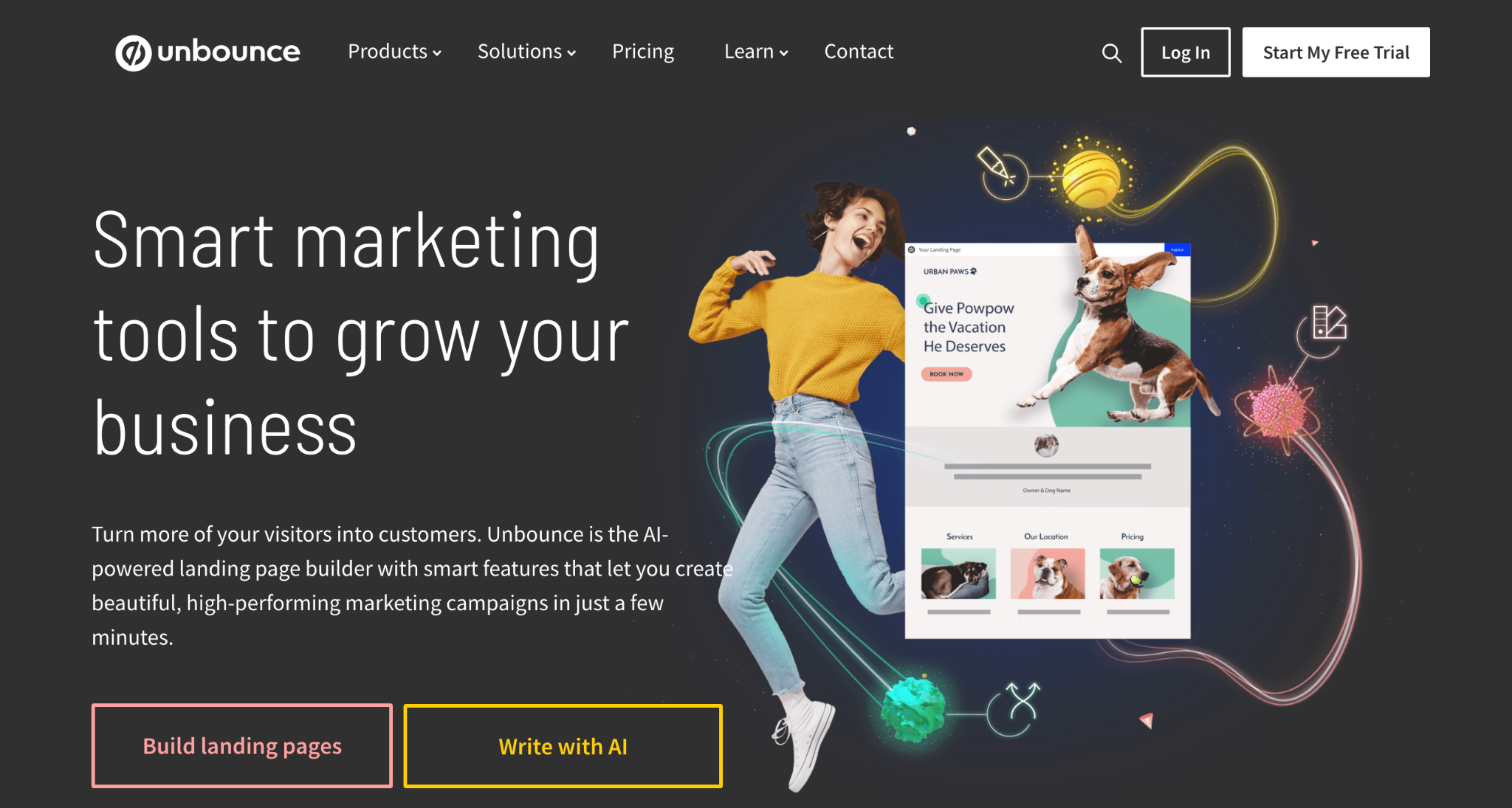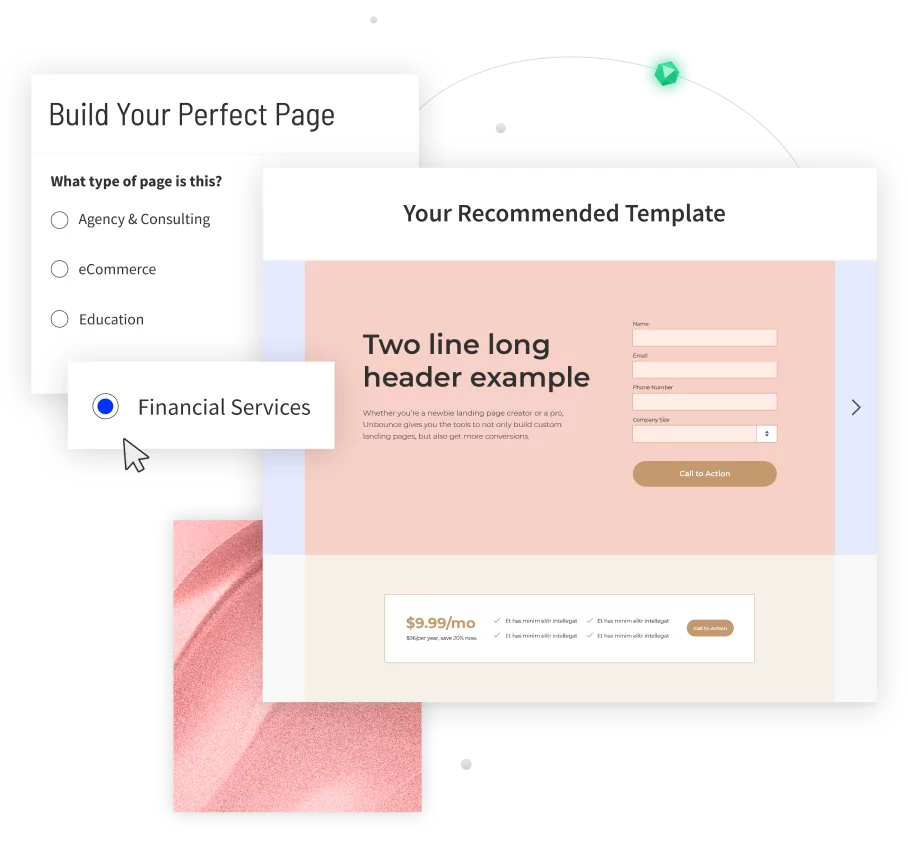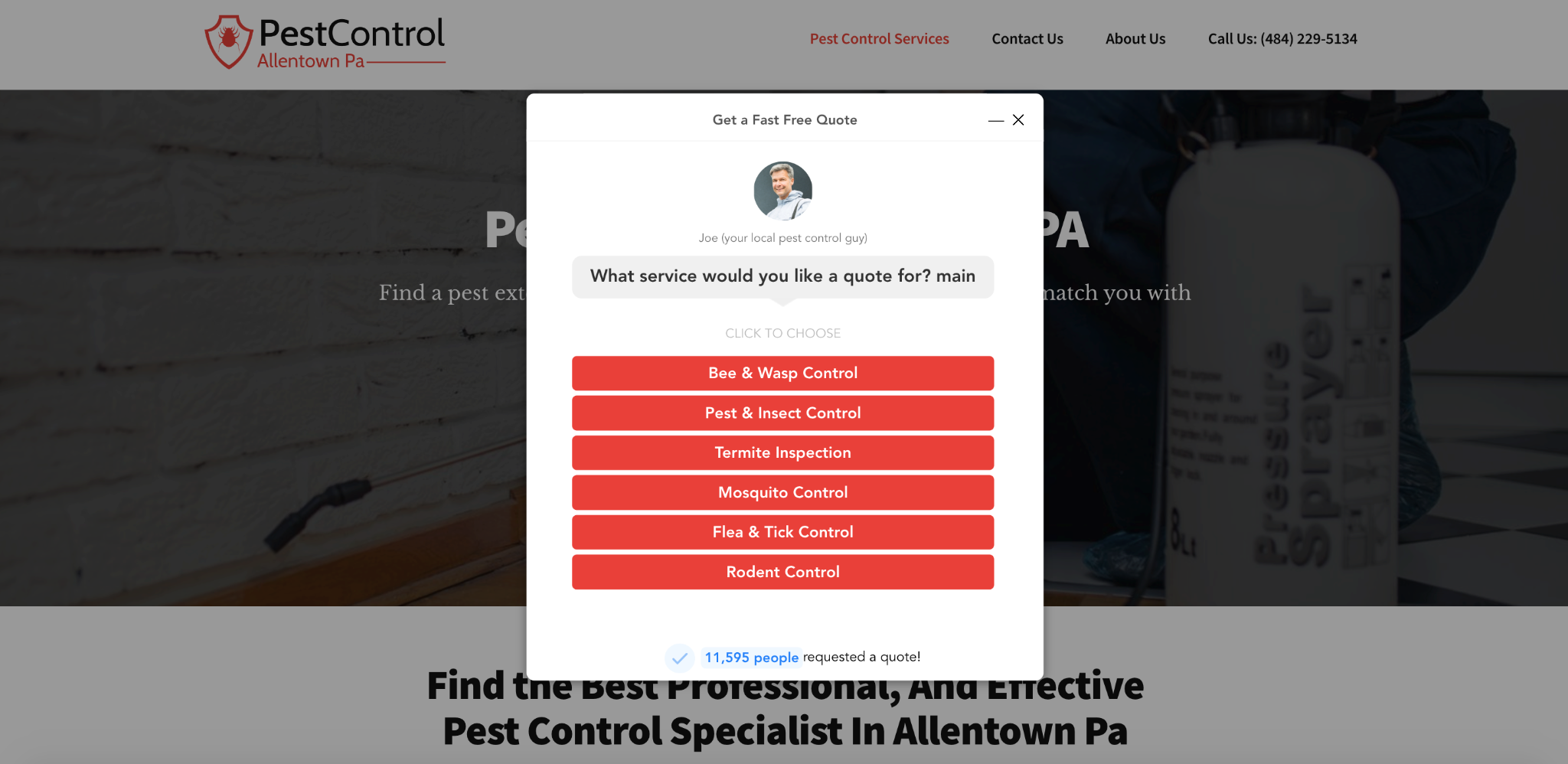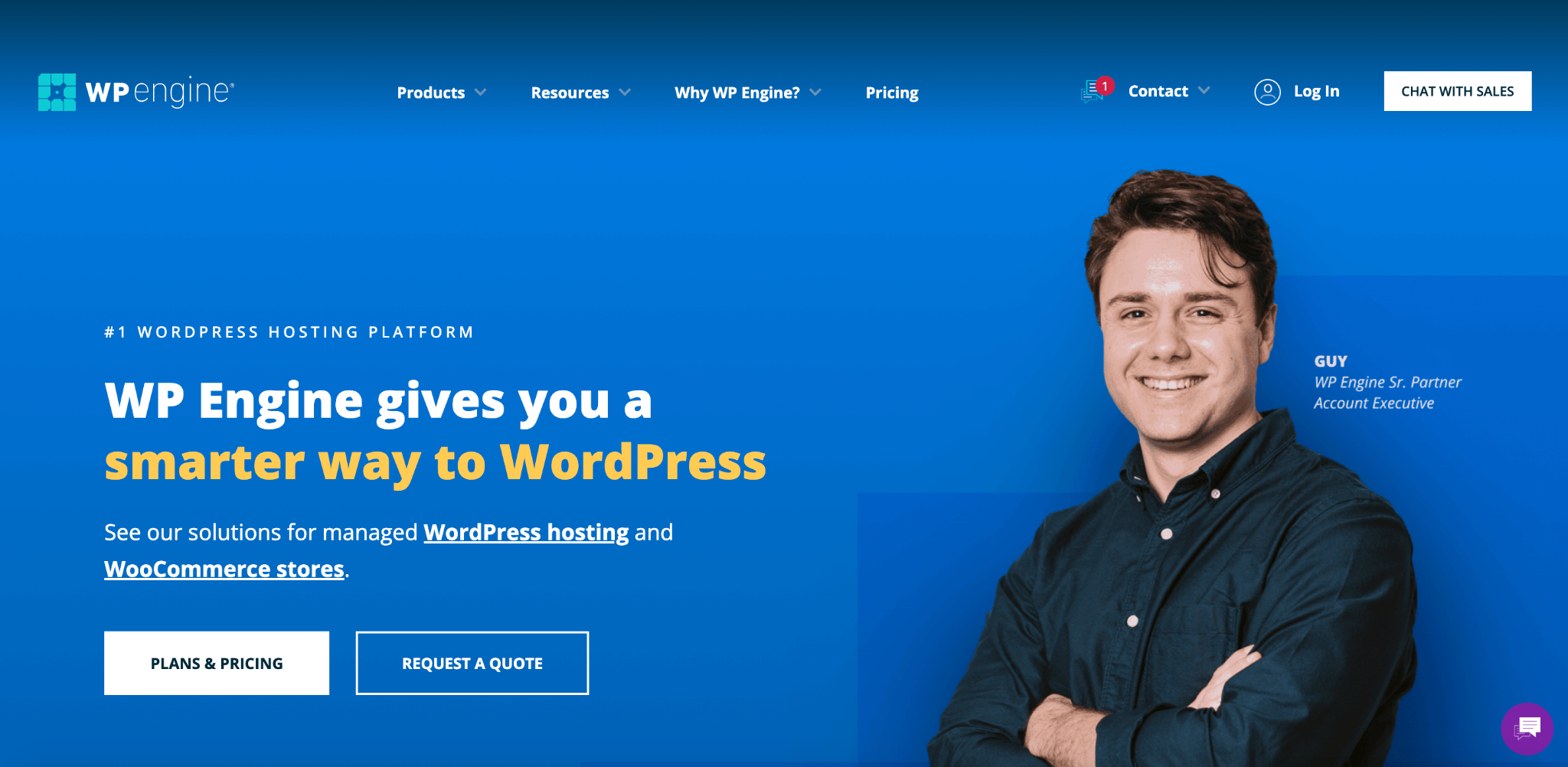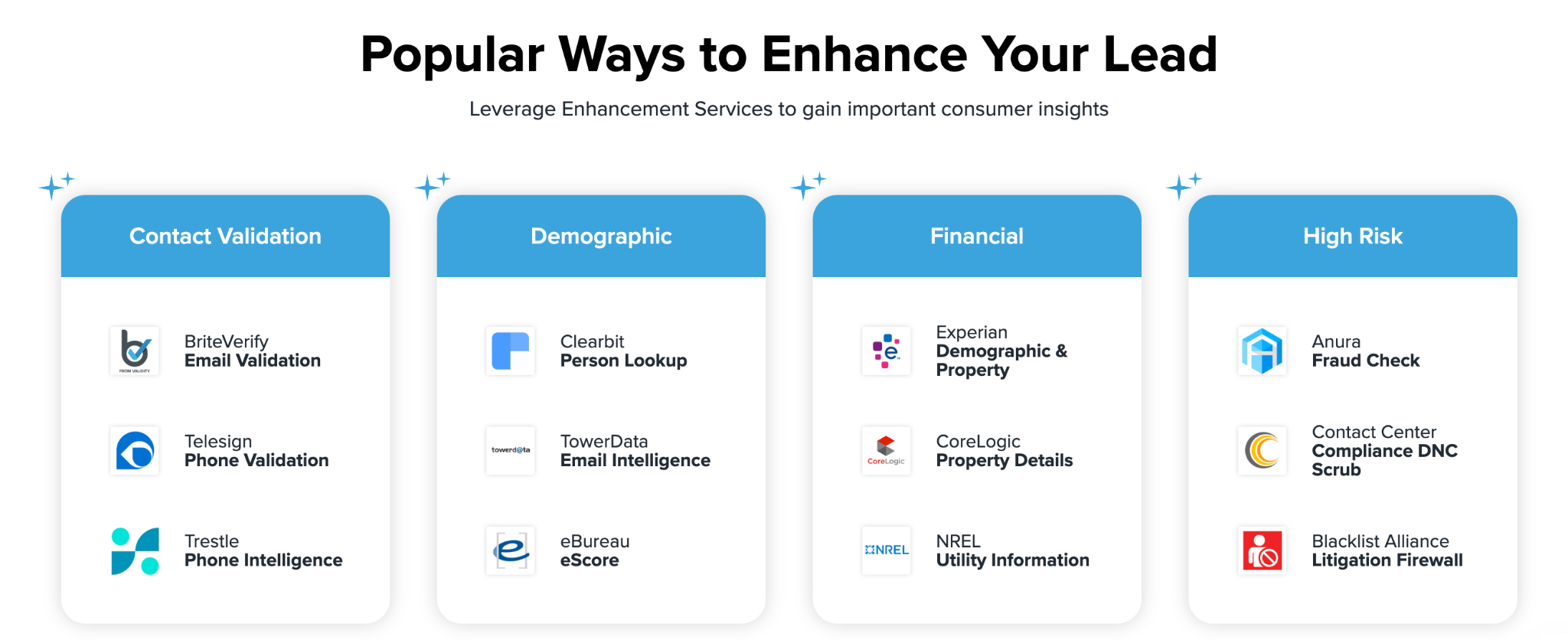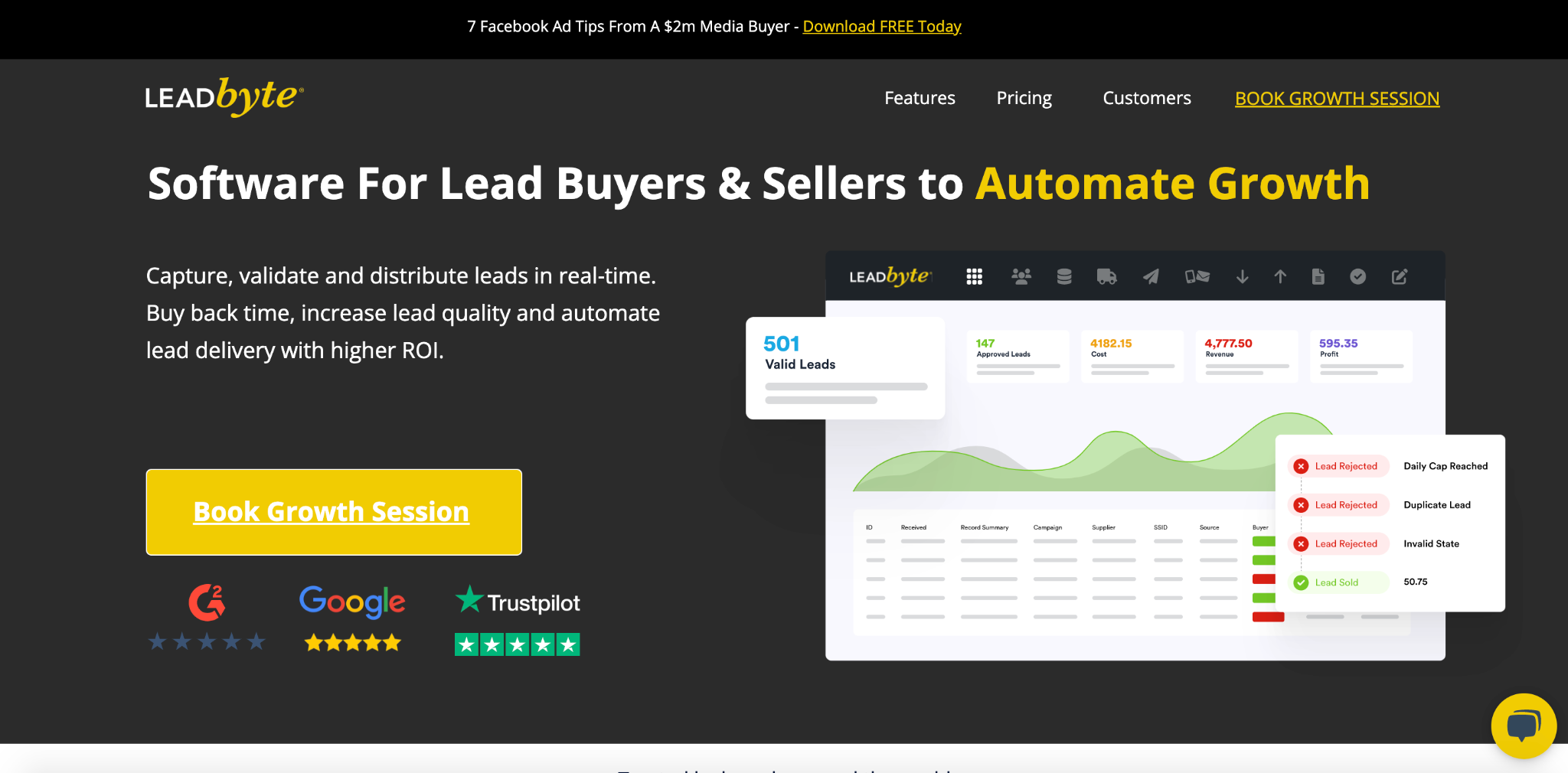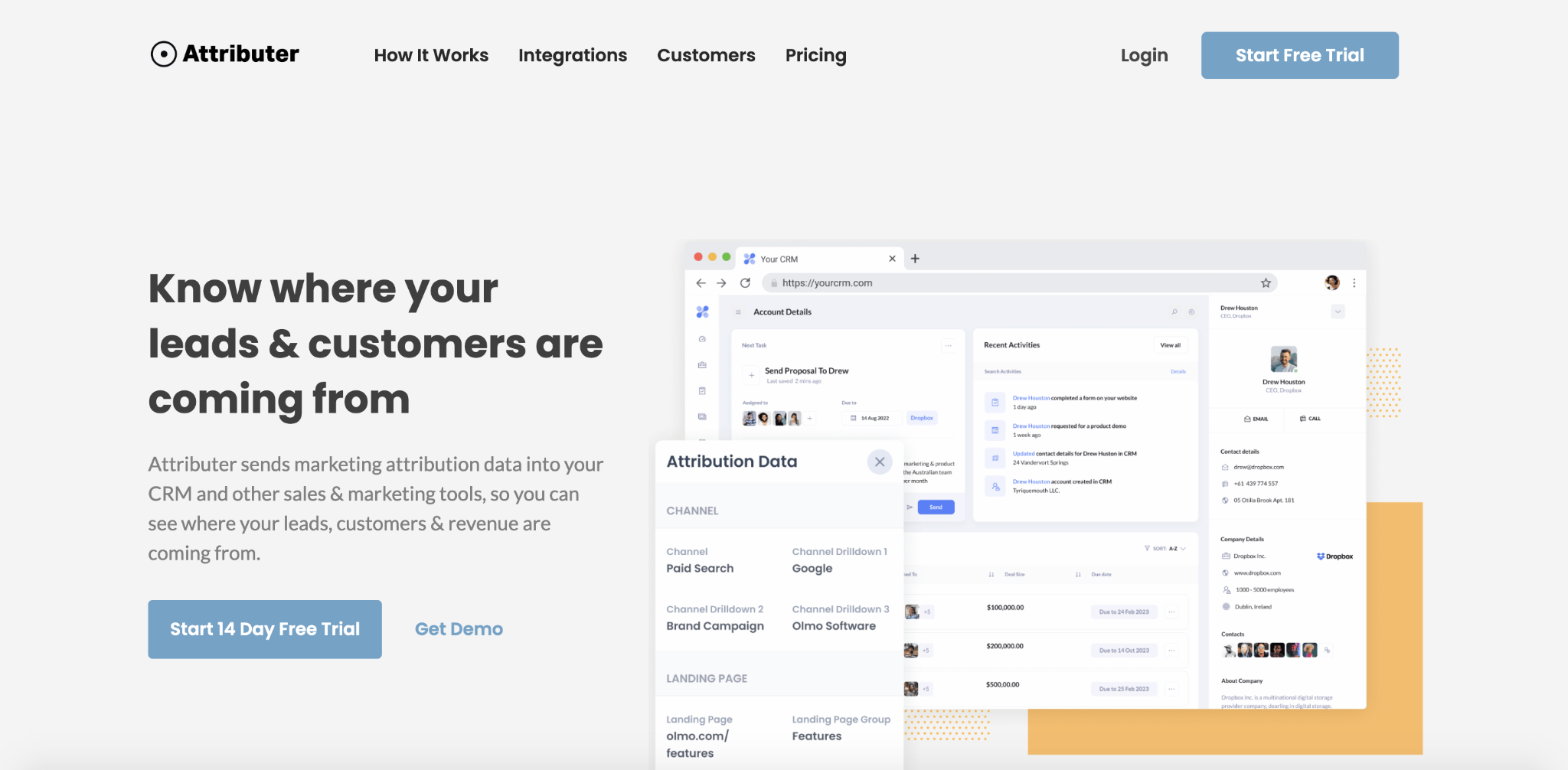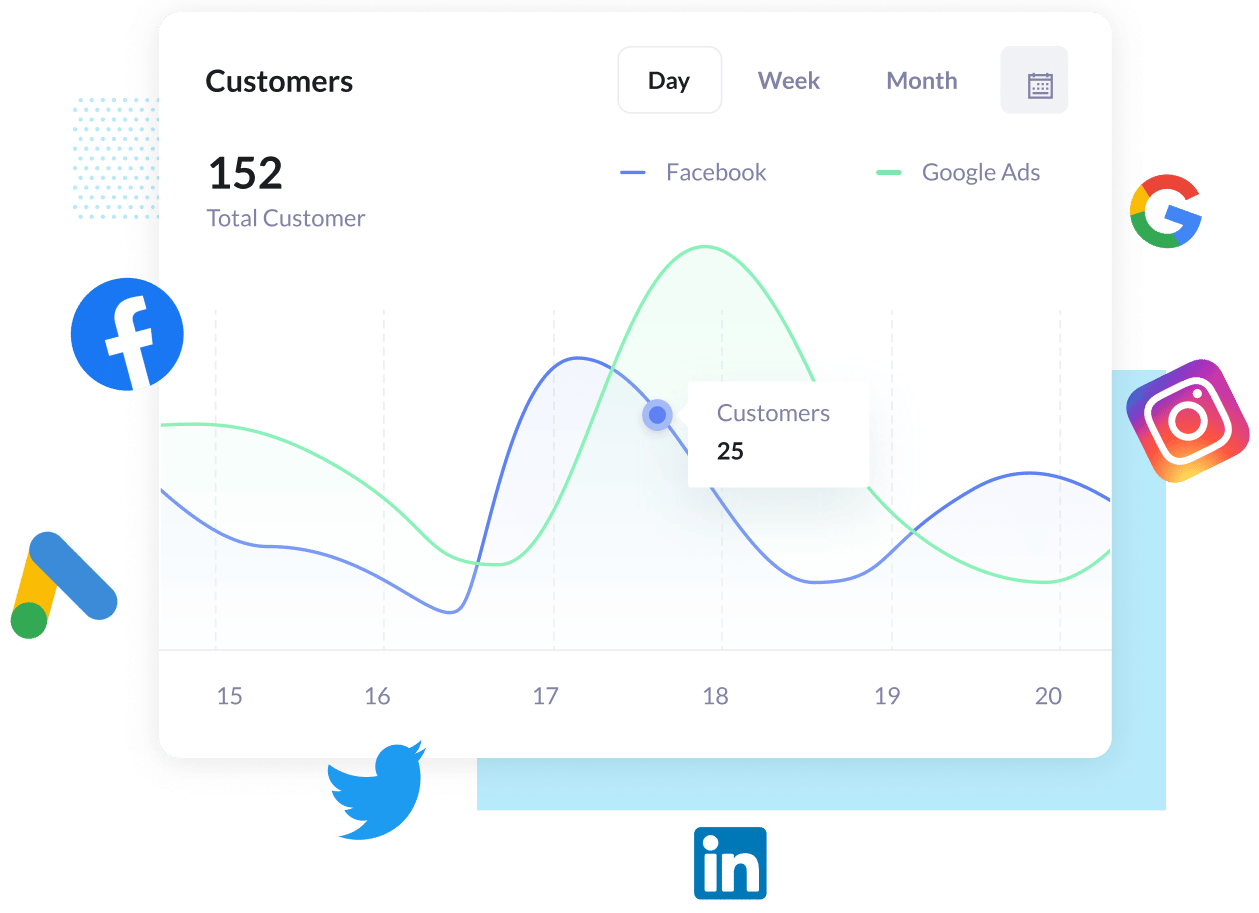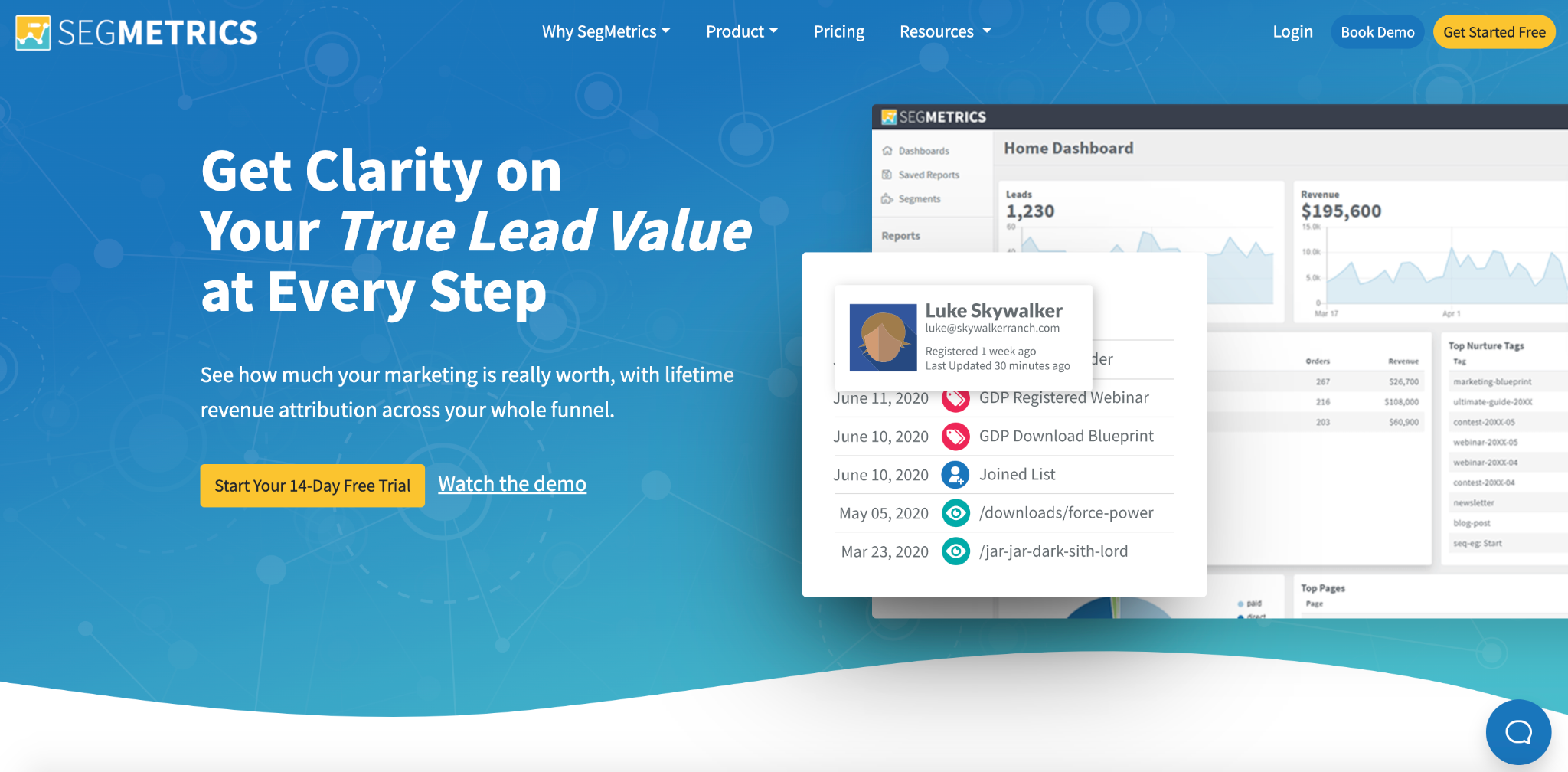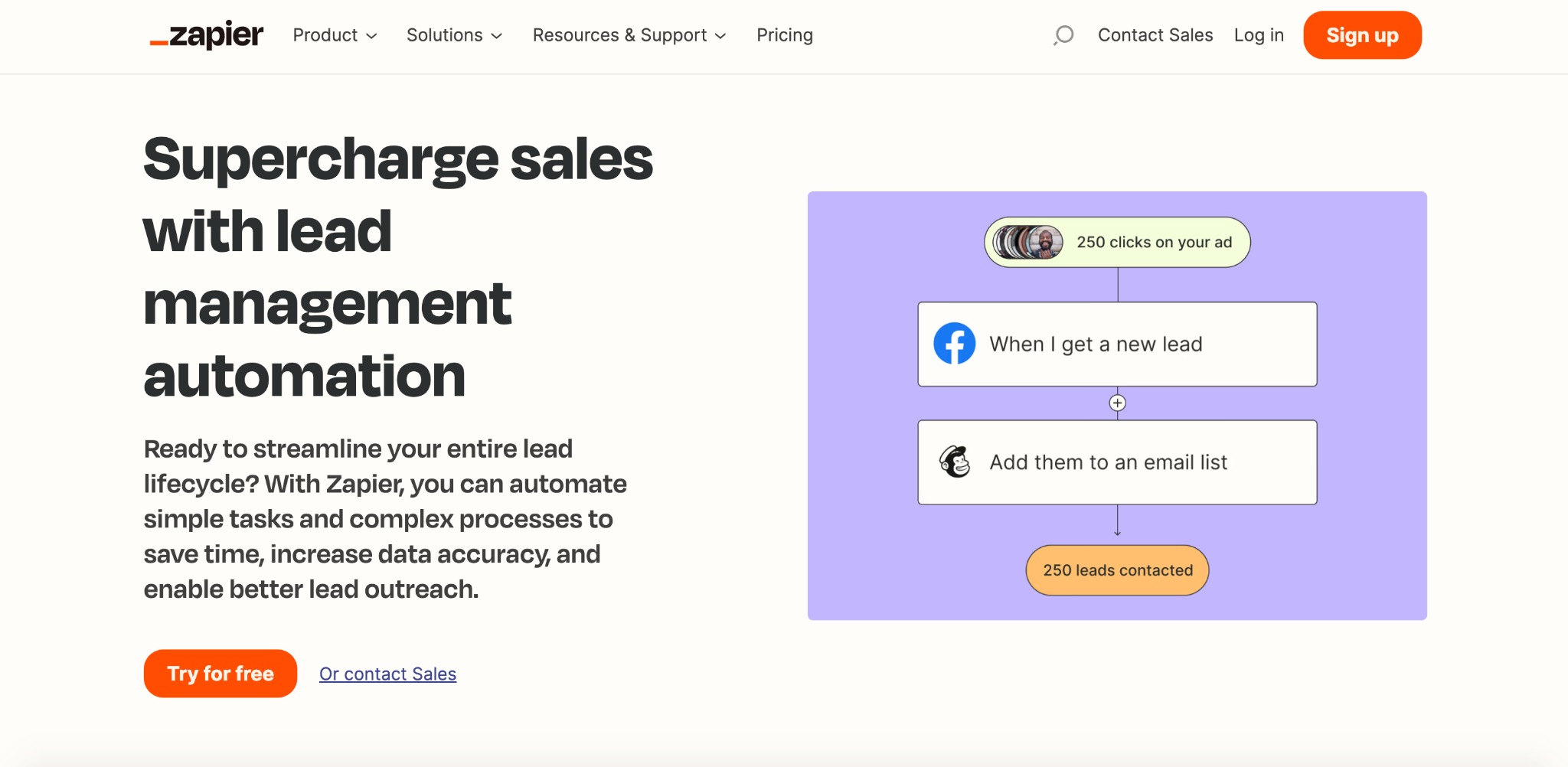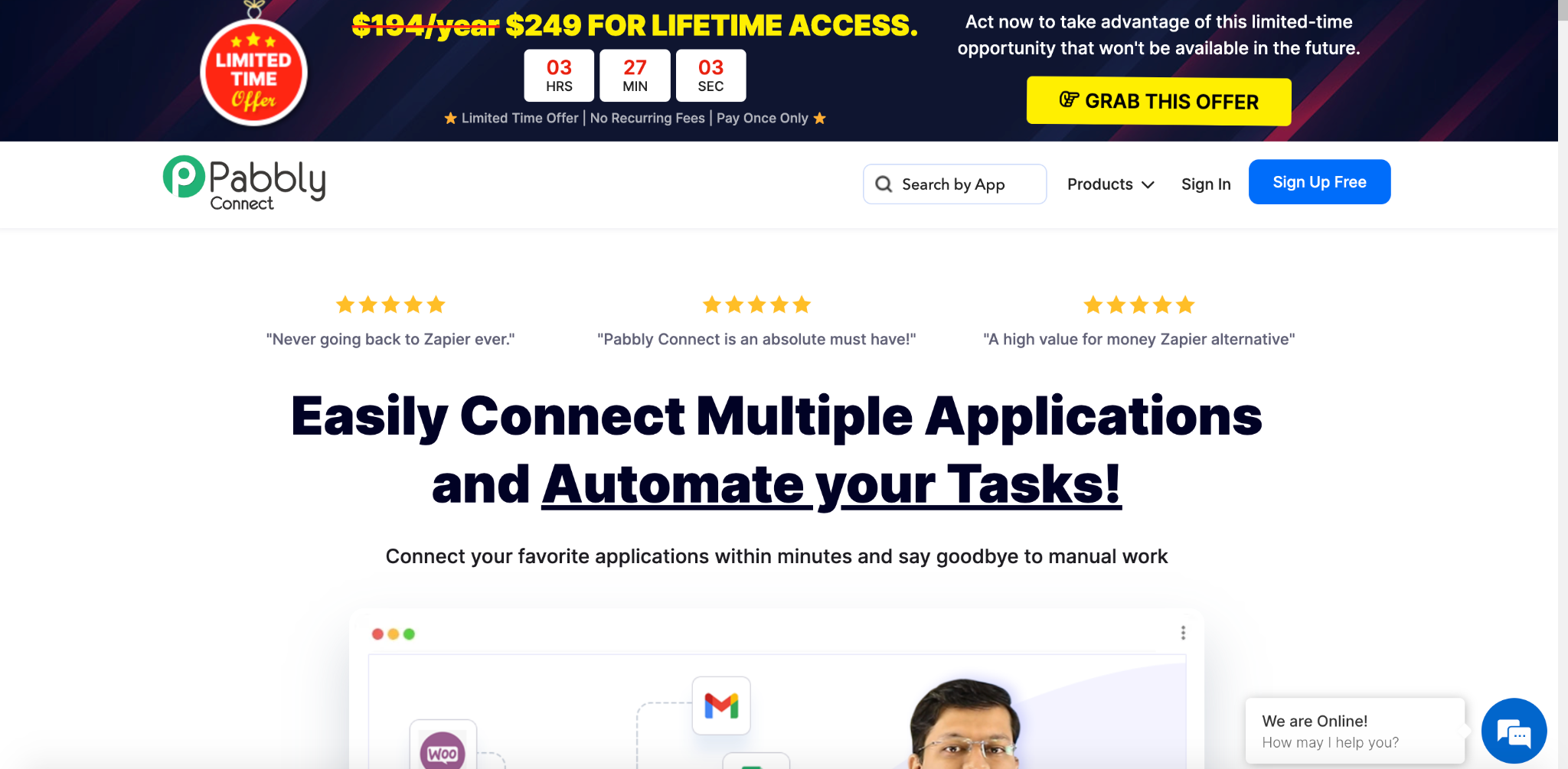Running a successful pay per lead marketing campaign relies heavily on having the right tech stack.
Otherwise, without the right pay per lead tools, you could end up losing thousands of dollars in ad spend or never get your PPL campaigns off the ground.
Whether you’re just getting started with pay per lead marketing or you’re already established and simply looking to optimize your campaign, this post is for you!
In this post, you’ll learn why it’s essential to get your pay per lead tech stack set up the right way and our top 14 tools to do so.
I’ll also include helpful pay-per-lead training resources to help you level up your PPL skills to get your campaigns firing on all cylinders.
Let’s get right into it!
What is Pay Per Lead Marketing?
If you’re reading this, you probably have some idea of what pay per lead marketing is.
But if you’re brand new to it, pay per lead, or PPL marketing is a digital advertising model where you’re paid for each lead that meets the criteria agreed upon with a client.
It’s a very straightforward model.
Instead of being on the standard (and more common) retainer model, you simply generate the lead, then you get paid for each lead that you generate.
Now there’s a bit more to it when it comes to working out the pricing and deals with clients, all of which is discussed in a book called Take the Lead, by Dan Wardrope. But for the sake of this article, we’re going to keep it high-level and focus more on the tech stack.
When done correctly, PPL win-win because the client gets a steady stream of qualified leads and you get paid for each lead you generate, which means the sky is the limit
For pay per lead marketing to be lucrative, however, you need to have all your ducks in a row, especially from the tech stack side of things.
You need to be organized, efficient, and streamlined. This brings me to my next point.
The Risks of Not Having the Right Pay Per Lead Tools in Your Tech Stack
When it comes to PPL, your tech stack is everything.
If it’s not set up properly, your results are going to suffer, and you can end up losing thousands of dollars.
Let me give you some examples.
Say a critical part of your lead generation process is building forms to gather lead information, and you then send qualified leads to your buyers.
But if your forms aren’t optimized, then your conversion rates will drop.
This means you’ll pay more for each lead, which cuts into your profit margins.
Or say you end up using cheap hosting that’s frequently slow or unreliable.
If your landing pages take too long to load or consistently go down, this could lead to countless squandered leads and lost money.
Another example is not properly setting up your lead distribution software. If this happens, your clients may never even get your leads in the first place, which means you earn nothing.
Finally, let’s say you’re selling leads in industries where compliance is critical and you’re not collecting lead consent.
In this situation, both you and your client could be sued, which could have devastating consequences. Don’t worry, there’s a solution for this which we’ll get to later.
So unless you like throwing money away, you need to assemble a winning tech stack.
Pay Pay Lead Tools By Category
To make things super simple, here’s a list of everything you need broken down by category.
Forms and Surveys
1) GetLeadForms
Being successful with pay per lead marketing isn’t just about generating leads.
It’s about generating qualified leads — those that are ready to be passed onto sales and prepared to buy.
When it comes to PPL, lead qualification is the name of the game.
You want to be sure you’re only handing off qualified leads to your clients and disqualified leads never reach them.
One of the simplest yet most effective ways to generate qualified leads is with multi-step forms and lead surveys that seamlessly gather key information while allowing you to create conditional logic to disqualify bad leads.
With GetLeadForms, you can build a fully customized multi-step form where you move visitors through a series of questions to grab critical information that your lead buyer requires.
Say you’re generating PPL leads in the home remodeling industry for bath and shower installation.
You could use the Bath and Shower Inspired Template to first ask what the location of a visitor’s project is.
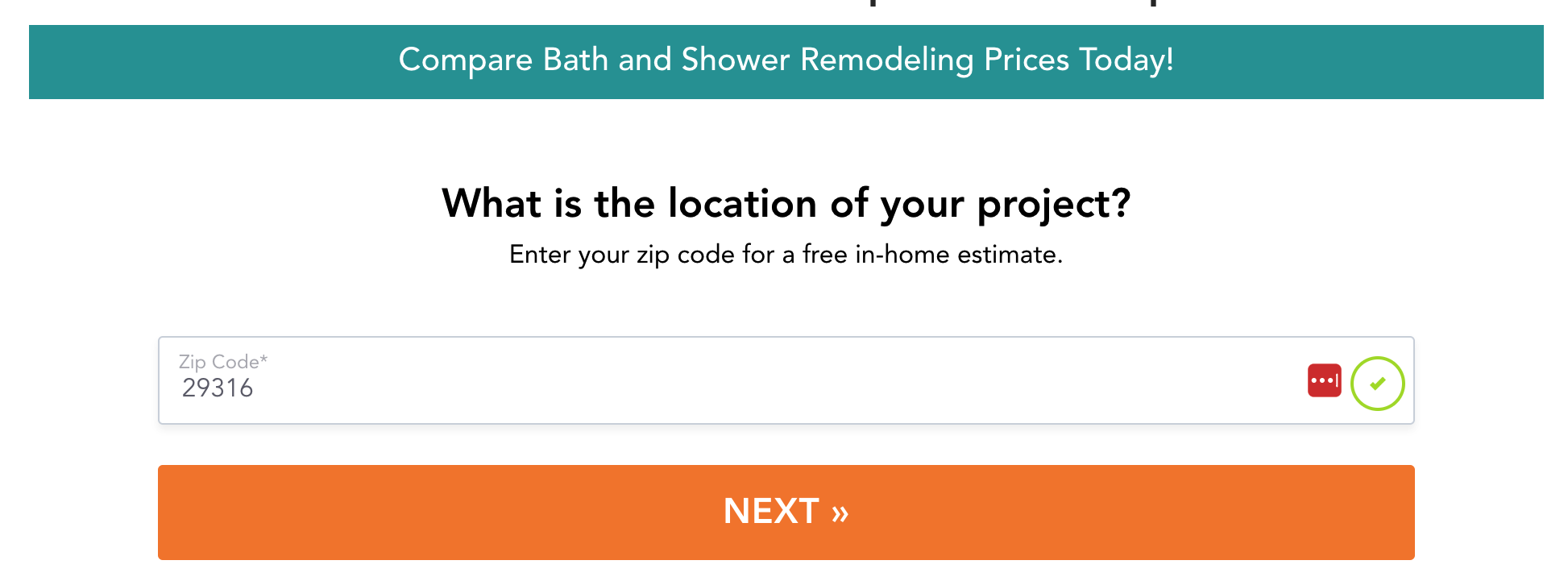
Once you know their location, you could ask what best describes their needs, such as bathtub to shower conversion, bathtub/shower update, or a complete bathroom remodel.
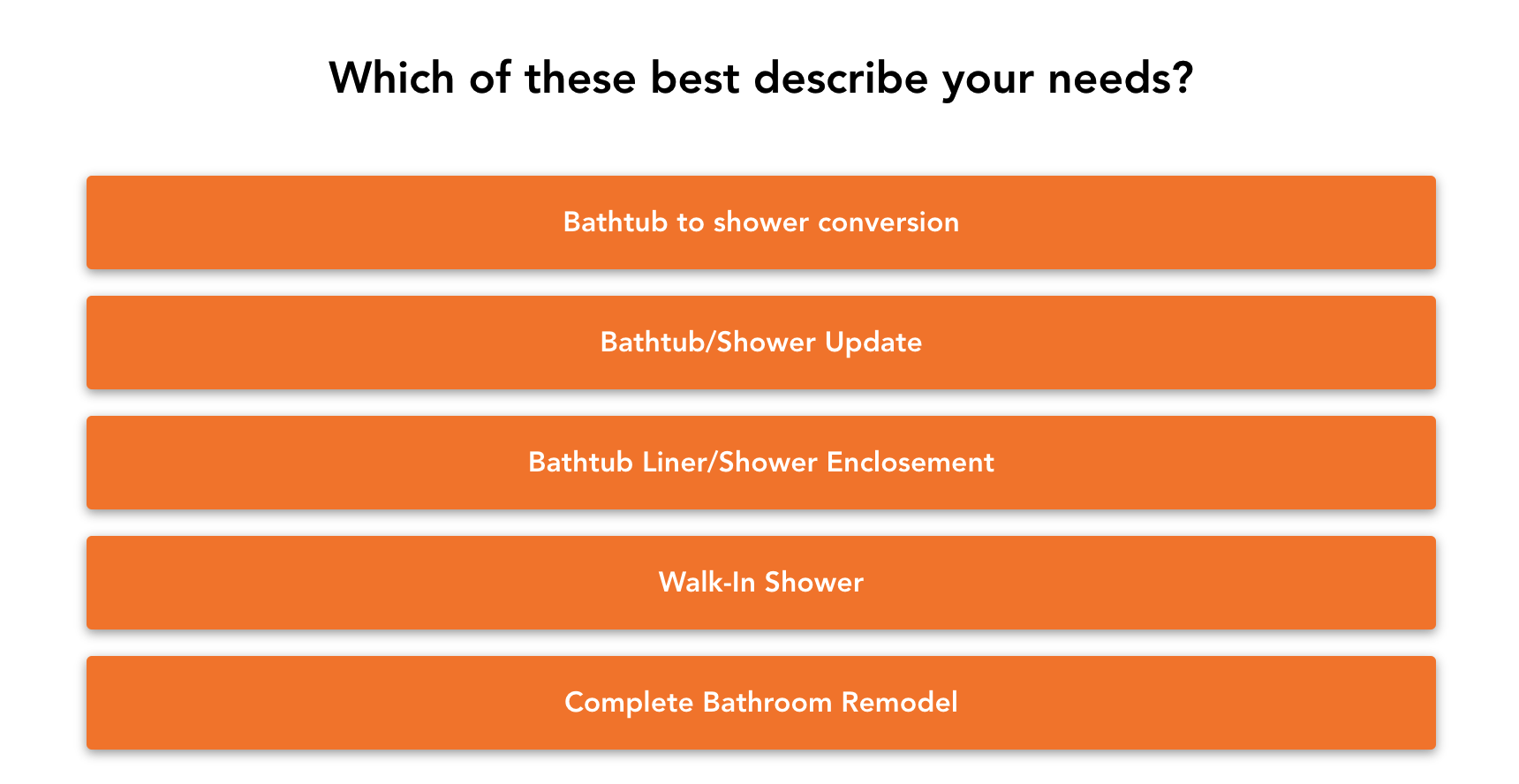
From there, you could ask whether or not they own their own home, and so on until you have all the essential information you need to qualify a lead.
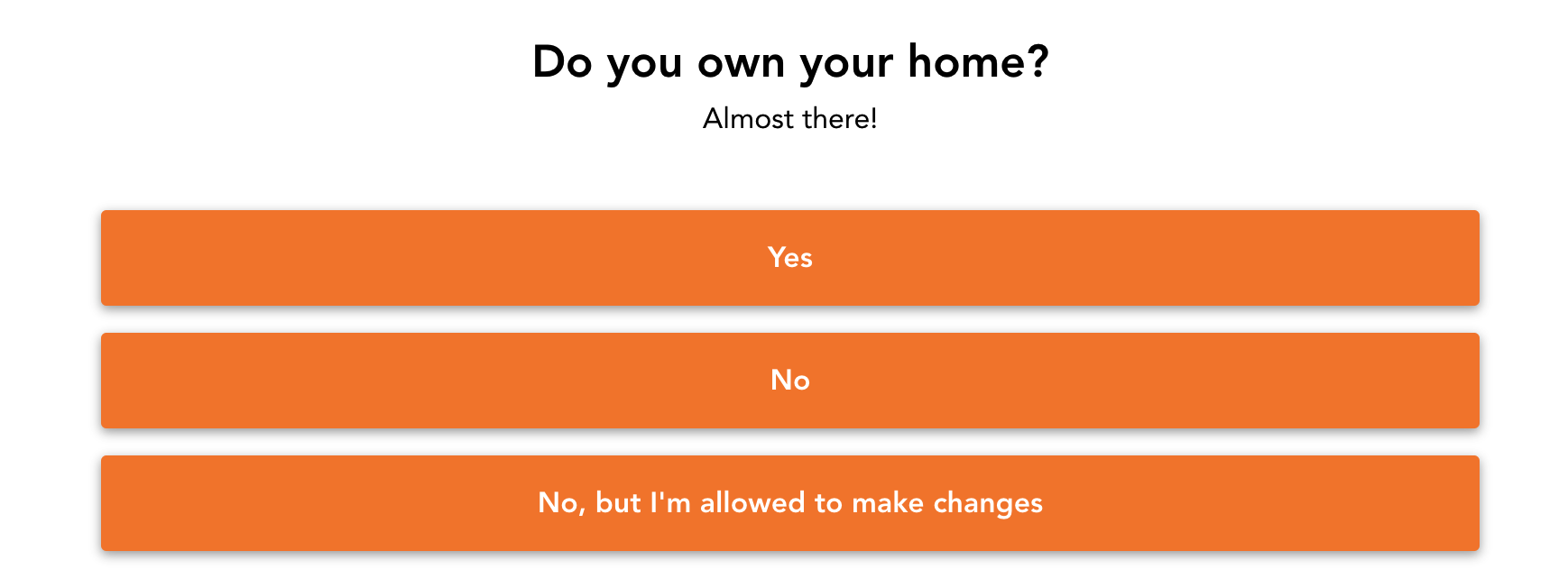
Those that are qualified could then be passed onto the client, and those that aren’t yet qualified could be nurtured, or even sent to another client that has a different set of lead qualification criteria.
Besides dramatically streamlining the lead qualification process and ensuring the highest possible quality leads, multi-step forms and surveys like these also make for a much more enjoyable user experience because visitors aren’t overwhelmed by long intimidating forms.
Not to mention they have a much better aesthetic.
Unlike other form builders, GetLeadForms was built for performance marketers — especially those in the PPL game.
There’s no coding involved, and there are several great features that are ideal for a pay per lead website, including:
- Access to a wide variety of templates across numerous industries
- Disqualification steps to block unqualified leads
- Real-time social proof
- Integrations with ActiveProspect TrustedForm
- Progress bars
- Webhooks
- Real-time lead verification
- Exit intent popups
- A/B testing
- Built-in reporting
Grab a free trial to start building high-converting multi-step forms for your PPL campaigns. You can get a full overview of GetLeadForms here.
Landing Page Builders and Themes
2) Unbounce
There’s no lack of landing page builders to choose from these days, with Leadpages, ClickFunnels, and GoHighLevel being just a few examples.
But pound-for-pound, my top choice is Unbounce because of its flexibility and speed.
Unbounce makes it really easy to create landing pages, popups, sticky bars, and anything else you need to generate consistently high-quality leads.
And with their sophisticated AI that automatically routes visitors to the optimal landing page, you can get up to 30% more signups.
I love the simplicity of Unbounce and how easy they make it to build top-tier marketing content with beautiful design.
And best of all, Unbounce integrates with GetLeadForms so you can easily add multi-step forms to your page with zero hassle, which you can learn all about here.
3) WordPress
Another popular option is WordPress — a platform that also offers speed, high performance, and professional design.
WordPress is what we used to build a PPL landing page for Pest Control Allentown, PA — a site that we use to generate local leads.
Here visitors get a clear overview of the pest control services that are offered…
…and a fast free quote, while seamlessly qualifying leads with a multi-step form that was built with our own tool — GetLeadForms (yes, we eat our own dog food and you can grab this exact template here).
If you’re looking for a proven, insanely user-friendly landing page builder with plenty of customizable themes, WordPress is always a good choice.
Hosting
4) WPEngine
If you’re not using Unbounce (which is recommended), you’re probably using WordPress, in which case I suggest using WPEngine.
That’s because they’re one of the most reliable hosting providers when it comes to managed WordPress hosting.
They offer end-to-end hosting solutions that allow you to build, deploy, test, and optimize a site so you can consistently generate high-quality leads for clients.
Currently, 1.5 million websites use WPEngine in 150 different countries, and there’s arguably no better platform if you want a drama-free experience.
Lead Verification
5) GetLeadForms OTP for Phone Verification
Did you know that roughly 30% of all leads generated through forms are invalid? And 25% of those leads have a fake or incorrect phone number?
This is where phone verification can help.
Earlier, I briefly mentioned lead verification as one of the key features of GetLeadForms.
Now allow me to elaborate a bit more on exactly how lead verification is done.
First, when filling out a form, a visitor is asked for their phone number — typically as part of an incentive such as a free evaluation or consultation.
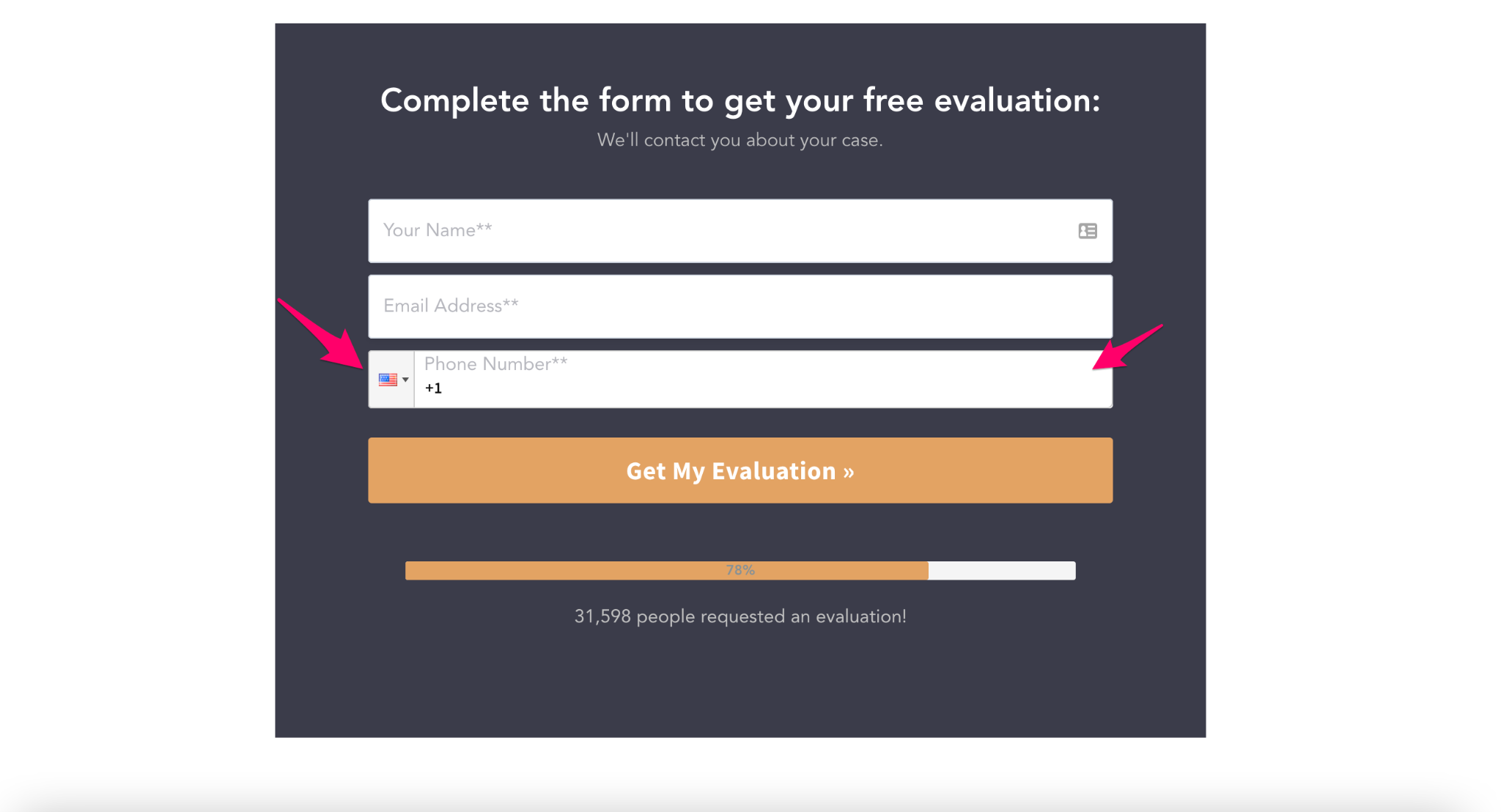
After that, they receive a one-time four-digit PIN code.
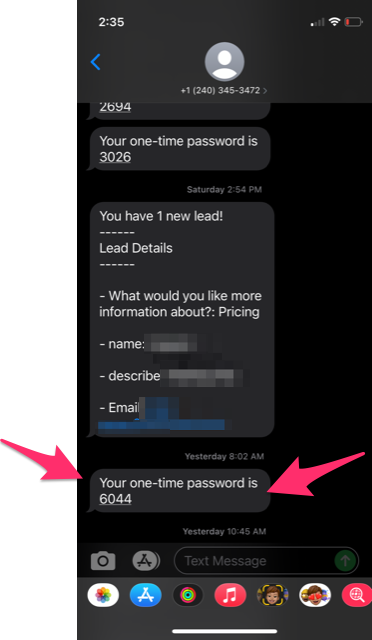
At that point, they enter the PIN code into the LeadForm, and voila! They’re verified.

That way there are no surprises, and you can confirm that a lead is who they say they are.

It’s a straightforward process that tackles three common problems:
- Visitors accidentally entering the wrong info
- Visitors intentionally entering the wrong info
- Issues from spam and bot attacks
That way you can weed out bogus/low-quality leads and dramatically improve lead quality without disrupting the visitor experience.
The other benefit here is that you can charge a premium and differentiate yourself by adding phone-verified leads.
6) SuppressionList
Another helpful tool is SuppressionList from ActiveProspect.
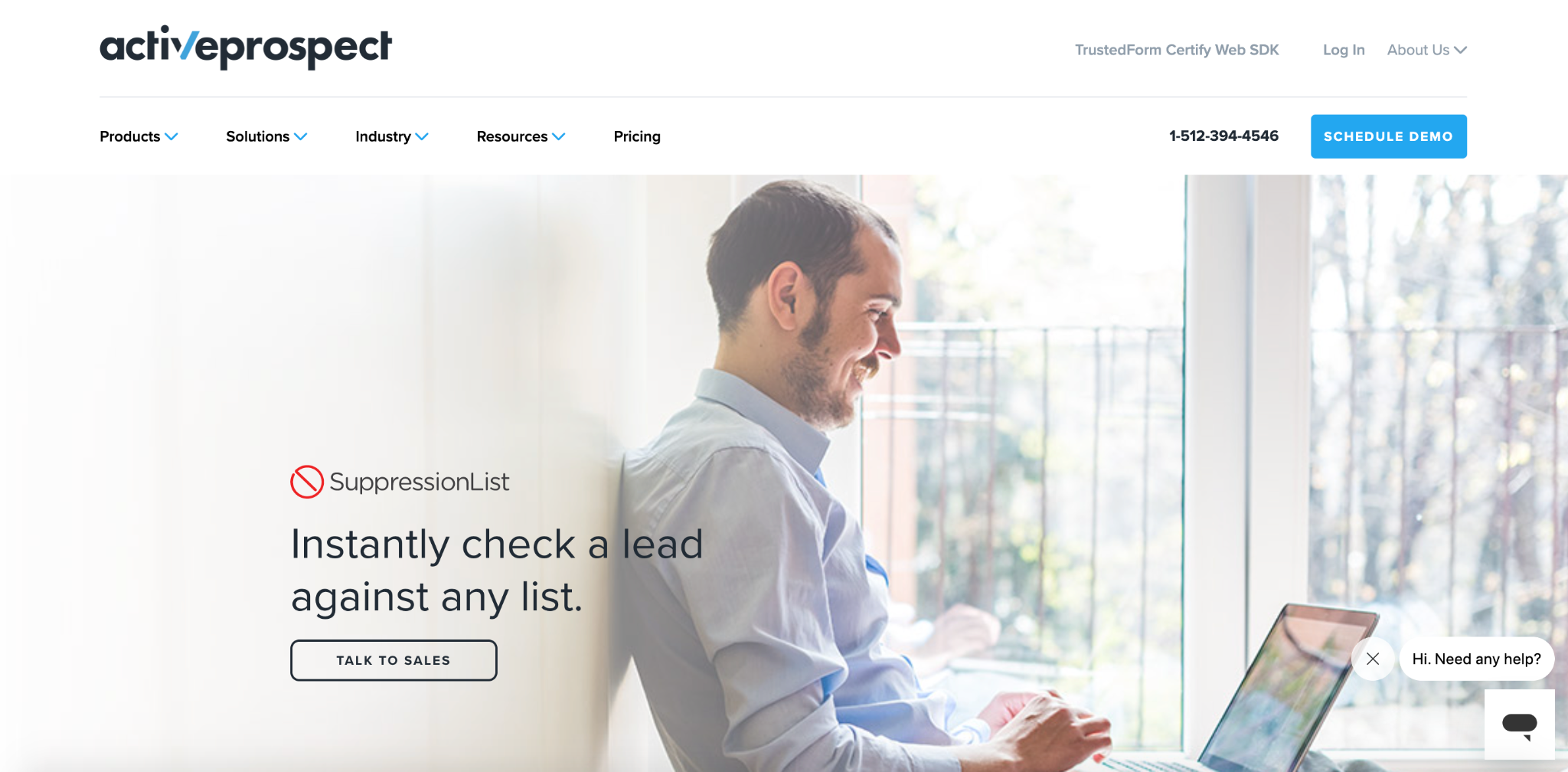
ActiveProspect’s SuppressionList “is a product for checking your leads against any list in real-time, making it easy to identify duplicates as soon as the user submits the form and allows you to house any type of list you’d want to check when making real-time decisions about your leads.”
Here’s how SuppressionList works.
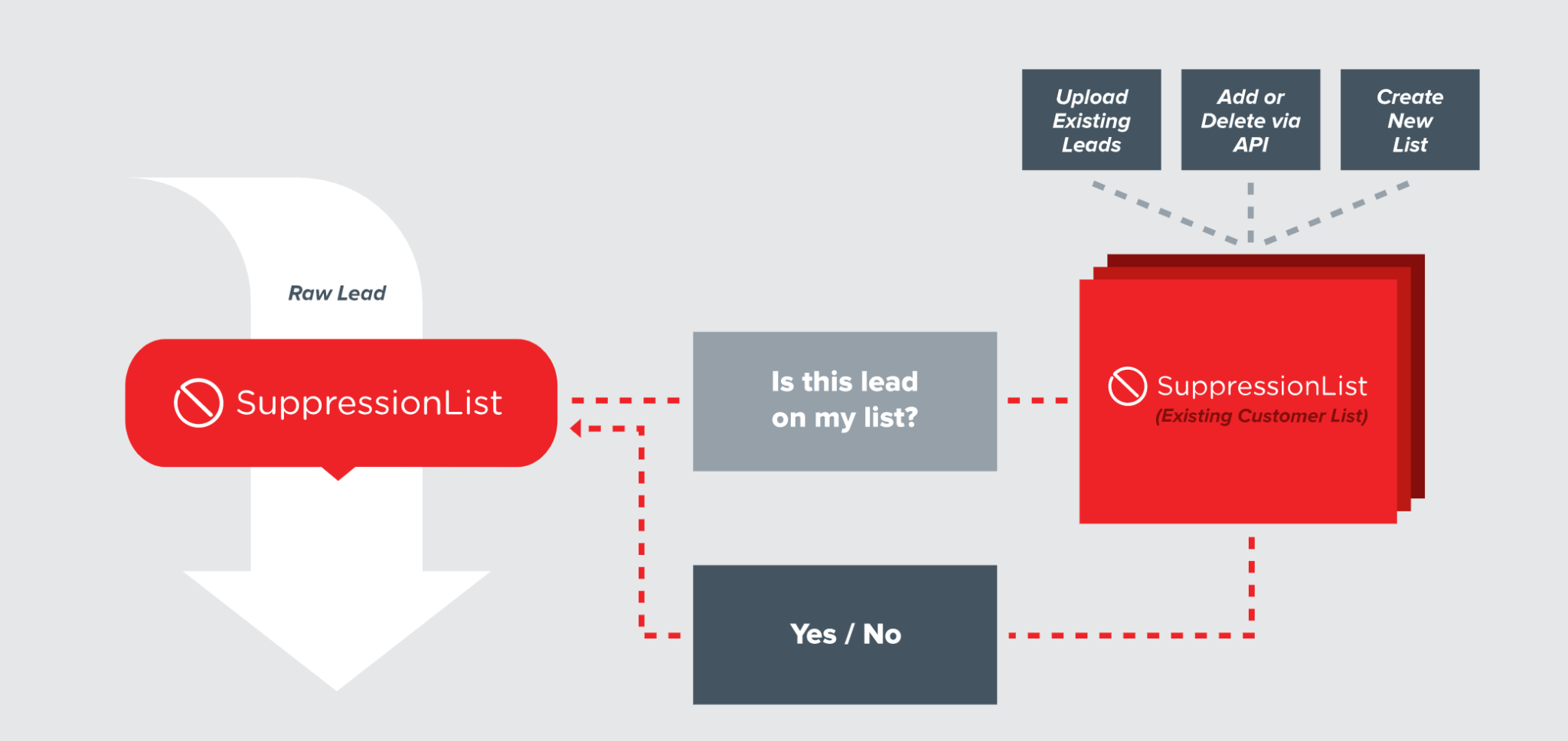
It can be used for several purposes, including:
- Ensuring a lead isn’t a duplicate
- Preventing fake names
- Ensuring you don’t provide clients with do not contact phone numbers
- And more
That way you can “clean” your list of leads so that you only send clients the best of the best.
Lead Distribution/CRM/Tracking
7) LeadConduit
This is another solution that’s part of ActiveProspect’s product suite.
LeadConduit syncs with your CRM, allowing you to create a customized lead flow and filter through leads to ensure consistently high quality.

Here are some specific features that let you enhance your lead quality.
By using rules-based logic, you can seamlessly sift through leads and send them straight to your CRM for a process that’s silky smooth.
And with shared reports, you can easily share the details with clients.
8) LeadsPedia
Next is LeadsPedia, a platform that covers all the bases with lead distribution, CRM, and tracking.
Leadspedia has been around for a while and, admittedly, is on the pricey side, with the most basic plan starting at $1,500 a month.
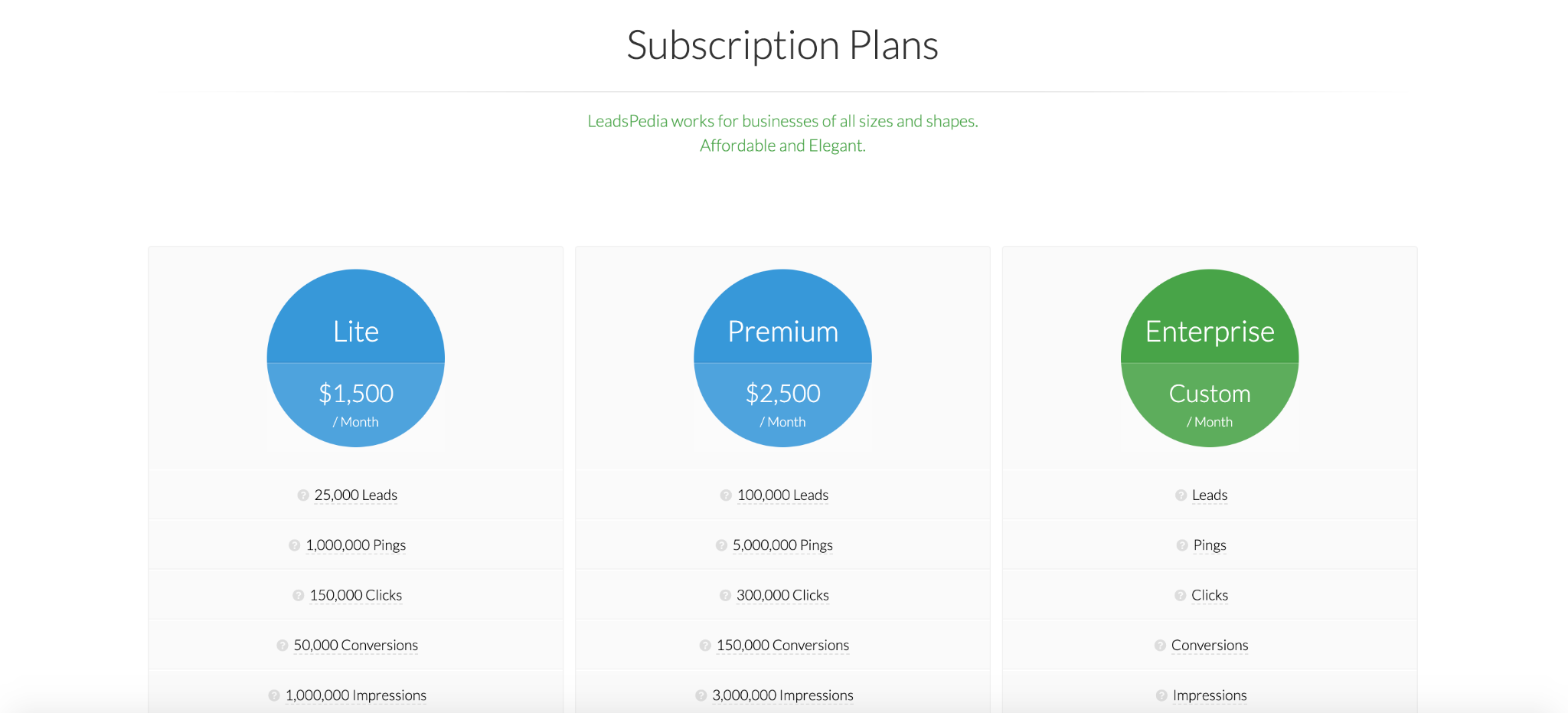
Therefore, it’s not the right fit for every pay-per-lead marketing agency.
But for those with the budget, it can be an incredibly powerful tool that can take your campaign to the next level, regardless of what industry you’re in.
With Leadspedia, you can efficiently track and route leads, distribute them to your CRM or your client in real-time, and measure all aspects of your campaign for continual optimization.
Also, note that GetLeadForms has direct integration with LeadsPedia so you can conveniently post your leads straight from your LeadForm to Leadspedia.

9) LeadByte
Finally, there’s LeadByte, which also checks all the boxes.
Leadbyte helps you effortlessly capture and validate leads through a single platform and then intelligently distribute them in real-time.
You can send leads to a CRM, Google Sheets, or a client to save time while also ensuring a high level of lead quality.
And with comprehensive reporting, you can see which lead sources work the best so you can rinse and repeat to get the absolute most from your pay per lead advertising campaign.
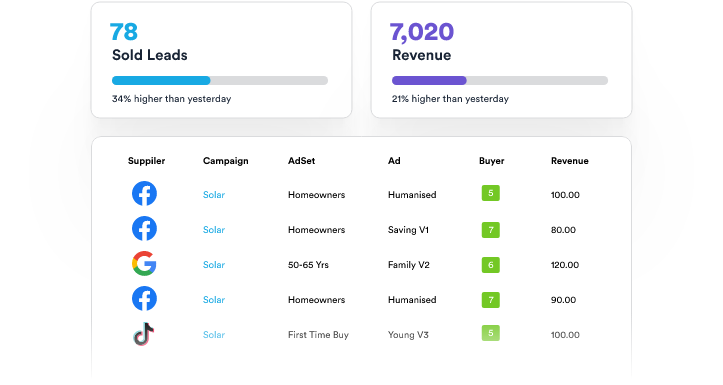
So if you’re looking for a solid platform to better manage lead distribution/CRM/tracking, this is another one I recommend.
Attribution
10) Attributer
As a performance marketer, I don’t need to tell you how important attribution is.
Being able to identify where leads come from and which channels work the best is a must for getting a good ROI and providing quality leads to your clients.
One of the best tools for the attribution of traffic is Attributer which makes the process ridiculously easy.
Simply set up a cookie on your site and add some hidden fields to your lead form, and you can generate amazing attribution data on your leads.
For example, you can see which leads are coming from pay per lead SEO, PPC, referrals, direct traffic, and more.
In turn, you can accurately calculate the ROI of your paid campaigns to get the most bang for your back while also ensuring consistently high-quality leads for your clients.
Cha-ching!

11) Segmetrics
Segmetrics is another fantastic attribution tool that gives you a bird’s-eye view of lead value at every stage.
I love it because of its simplicity and how it can break down a mountain of complex data into easy-to-digest reports so you can see what’s working and what needs adjusting.
I also like that Segmetrics integrates with over 75 different tools like Google Ads, Facebook, and HubSpot to simplify things even more and level up your performance marketing.
Compliance
12) ActiveProspect TrustedForm
Compliance is huge if you’re doing PPL in certain industries like:
My favorite tool for meeting compliance standards is the ActiveProspect TrustedForm, which works like this.
Whenever a lead fills out a form, TrustedForm automatically certifies the lead, ensuring to verify their consent and keep a record of it in case of future litigation.
With a certificate of authenticity, you document essential information like time stamp, IP address, operating system, and more to ensure you’re fully covered.

So if you frequently partner with clients in compliant-heavy industries like those above, TrustedForm is a must.
Note that, it too, integrates with GetLeadForms, and you can learn how to get set up here.
Other
13) Zapier
When it comes to integrating apps to automate workflows, Zapier is one of the best in the business.
Zapier offers robust solutions for several different areas of business and marketing, including one specifically dedicated to lead management.
With Zapier, you can dramatically streamline workflows, reduce manual administrative tasks, automatically add leads to your CRM, ensure quick lead follow-up, and much more.
On average, performance marketers that use Zapier shave 10 hours off their workweek so they can concentrate on the most important tasks.
They offer a variety of plans to ensure you can find one that fits your budget. And you can easily scale as needed.
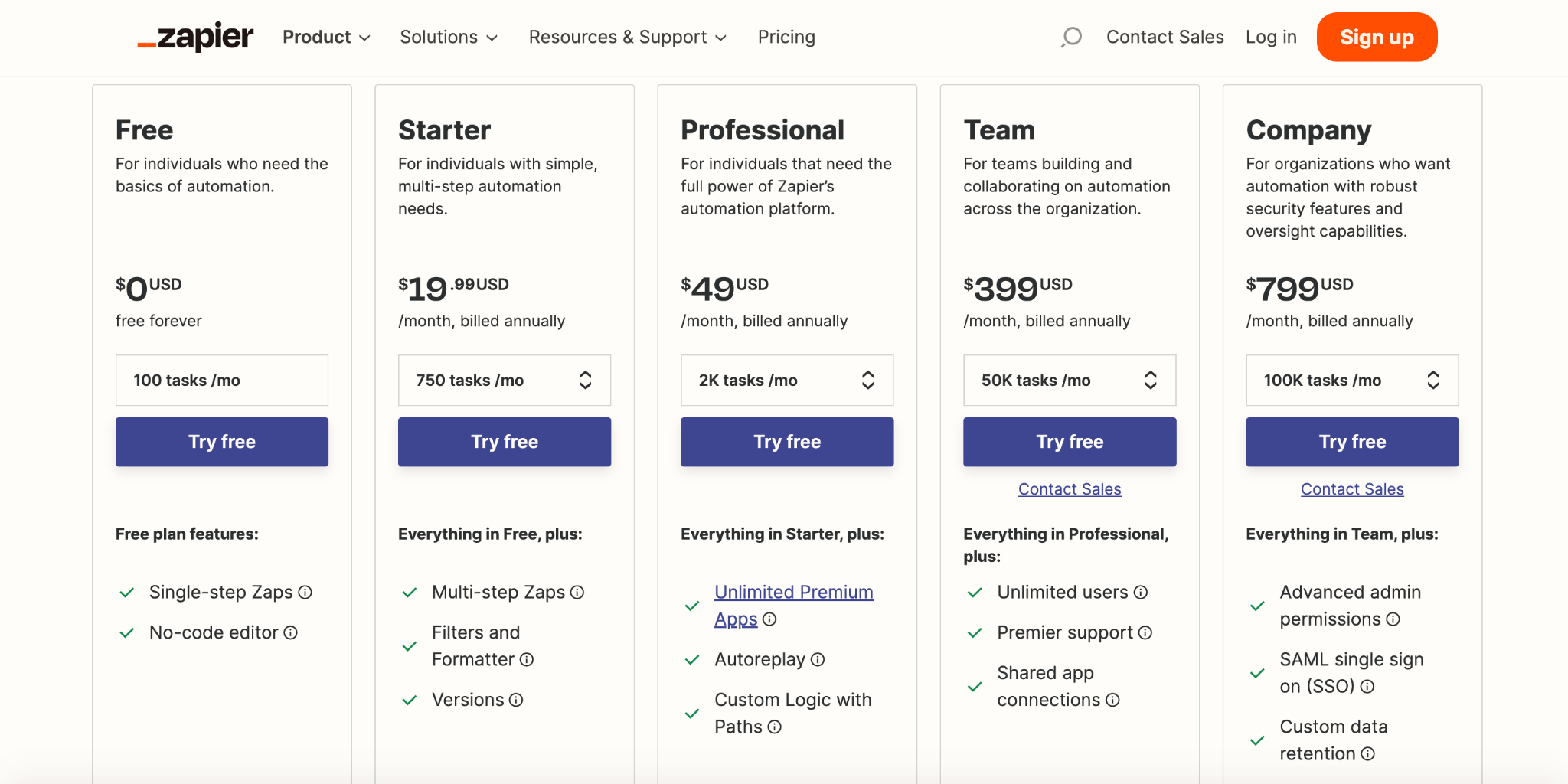
14) Pabbly Connect
This is basically a more affordable version of Zapier.
Pabby Connect lets you connect apps to automate tasks and make workflows hyper-efficient.
It has fewer integrations than Zapier at just 1,000, but that’s usually enough to get the job done for most pay per lead marketing campaigns.
And like Zapier, Pabbly Connect doesn’t require any coding knowledge and lets you create friction-free workflows for moving leads into your CRM or lead distribution system.
Note that GetLeadForms integrates with both Zapier and Pabbly Connect.
Community and Pay Per Lead Training
15) Dan Wardrope
Although not a tool, I’d like to mention someone that pay per lead marketers can learn a lot from.
Dan Wardrope is one of the top experts in pay per lead training and offers some excellent resources for building a successful pay per lead marketing agency.
If you’re wondering what is a pay per lead program, how to create a pay per lead landing page, how to approach pay per call lead generation, or how do you track pay per lead for a client, he’s your guy.
You can find his book Take the Lead here.
And you can find his Facebook community here.
Final Thoughts – Grab Our Perfect PPL Tech Stack Checklist
We covered a TON of different tools in this post.
And there are many more.
To make it easier for you to keep track of the tools, we compiled a simple checklist of all the PPL tools that you need, plus many more. This way, you don’t have to keep referencing back to this post.
(image)
Simply enter your email address in the form below to grab your copy
(add form)

